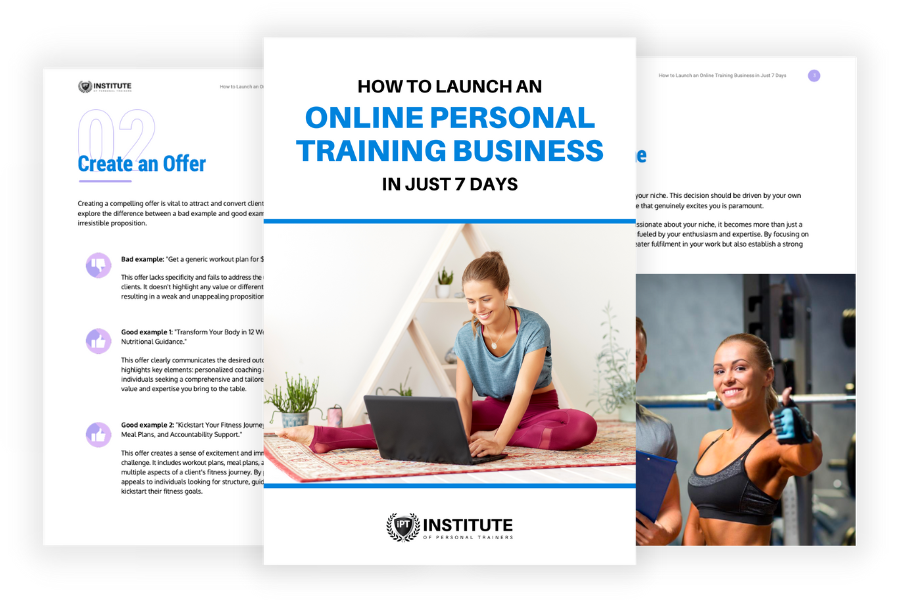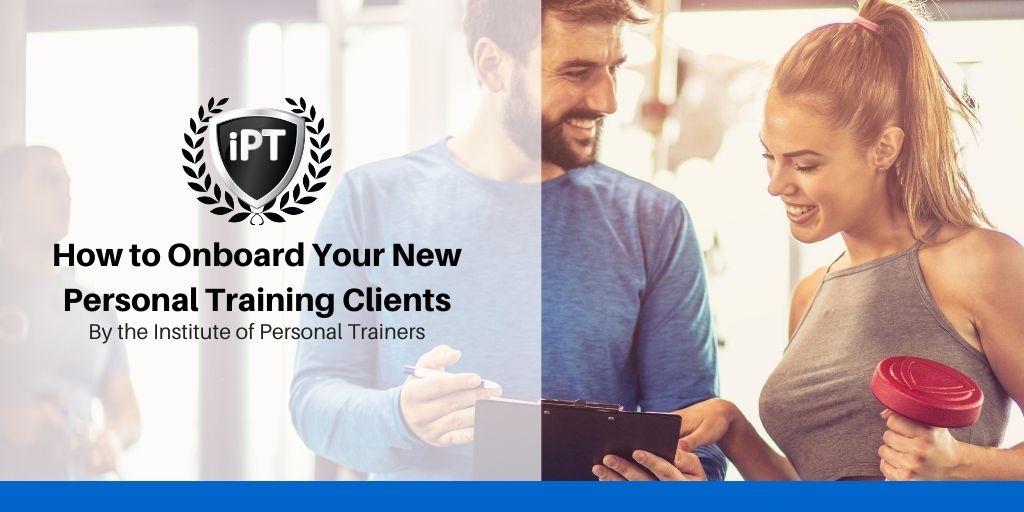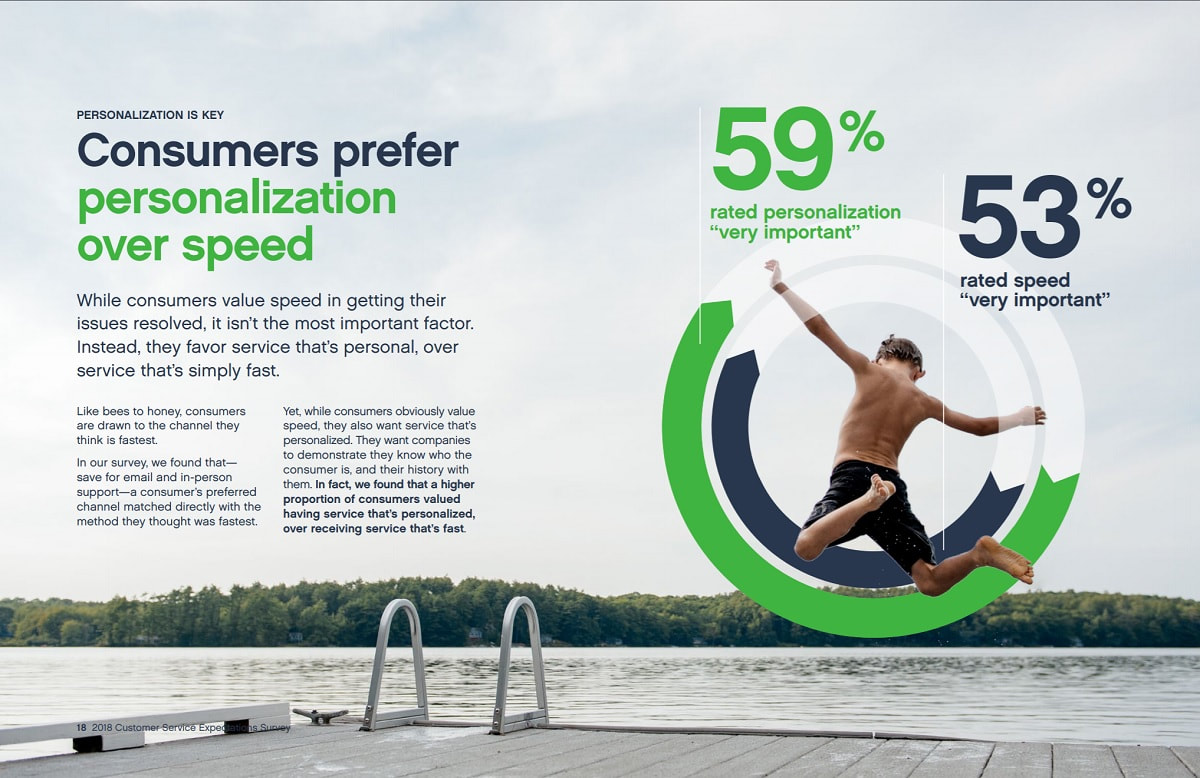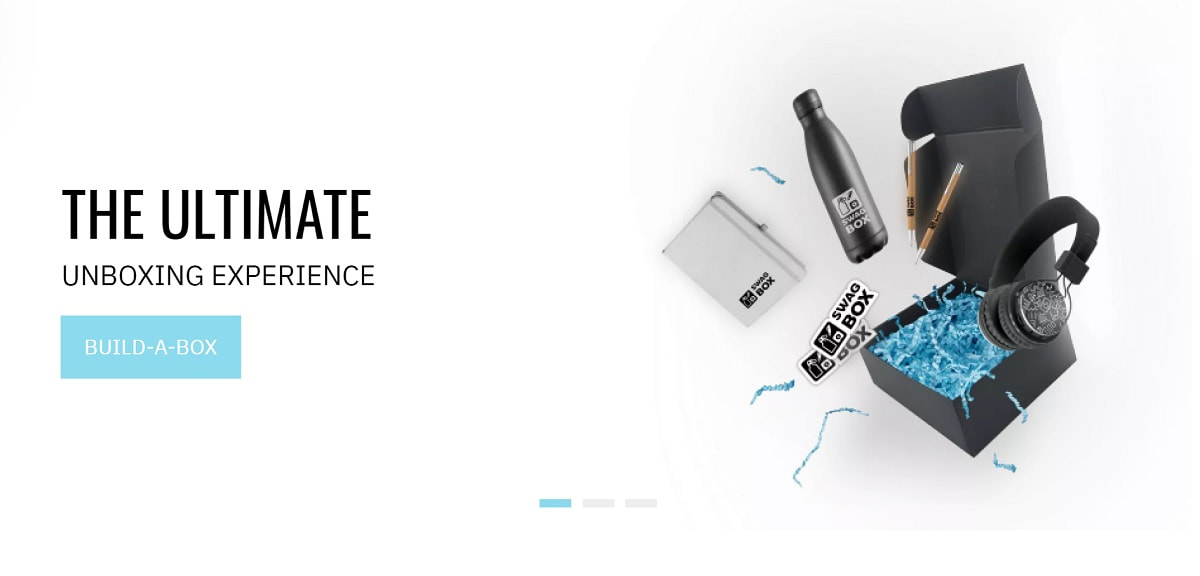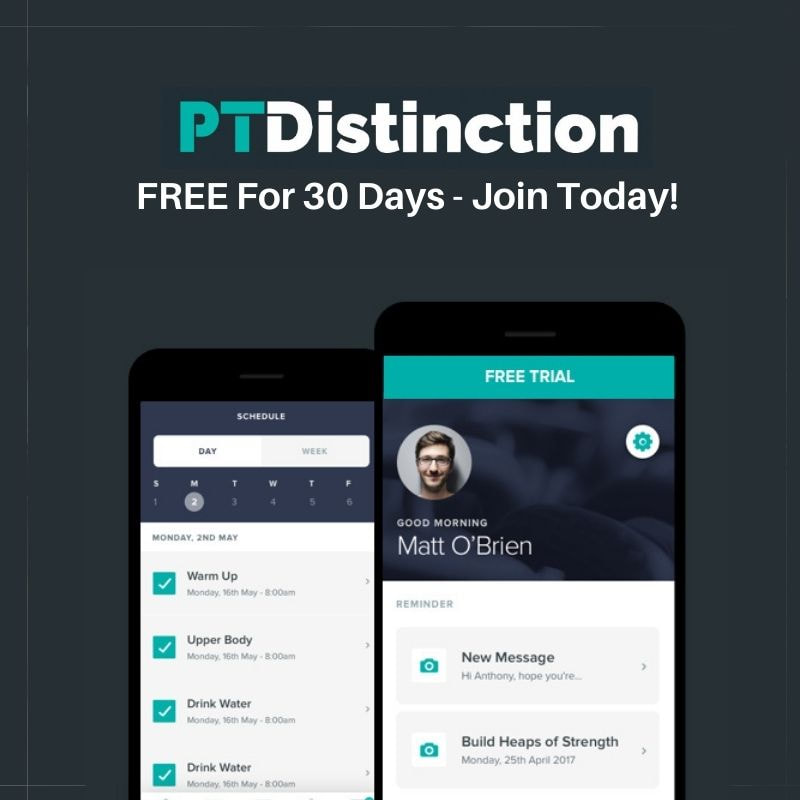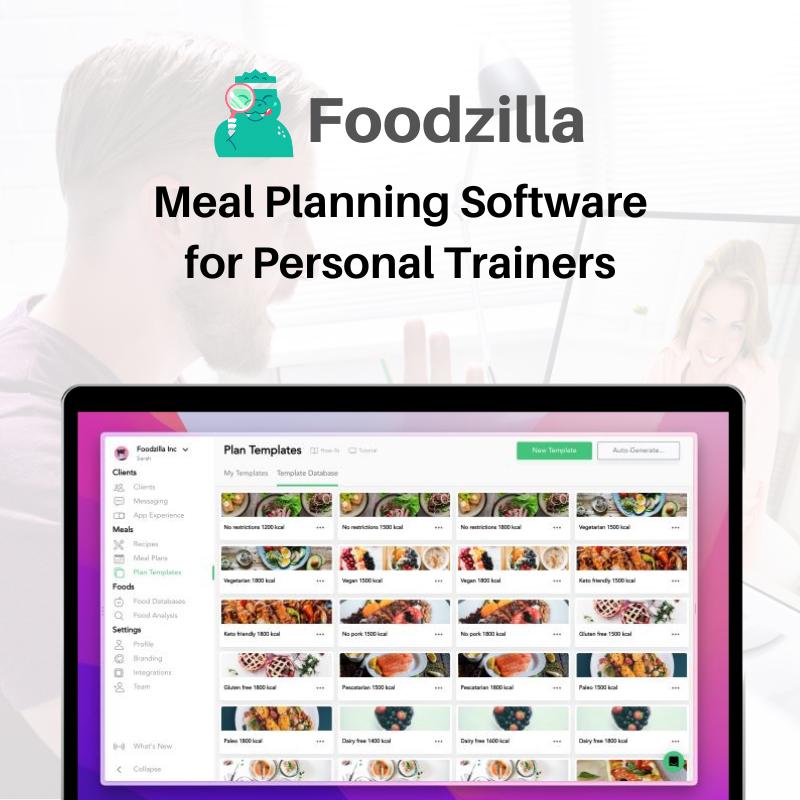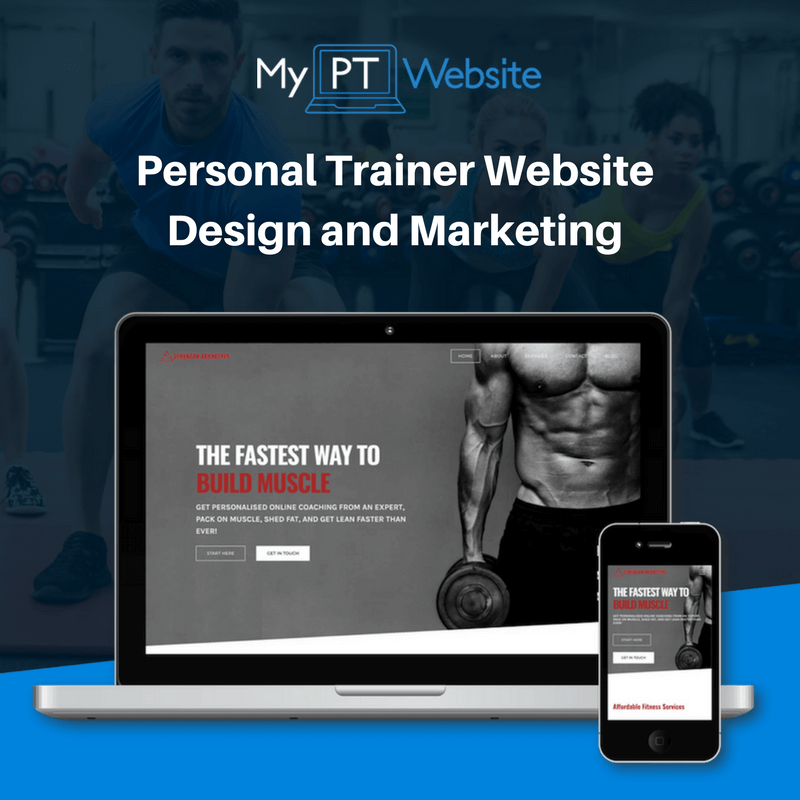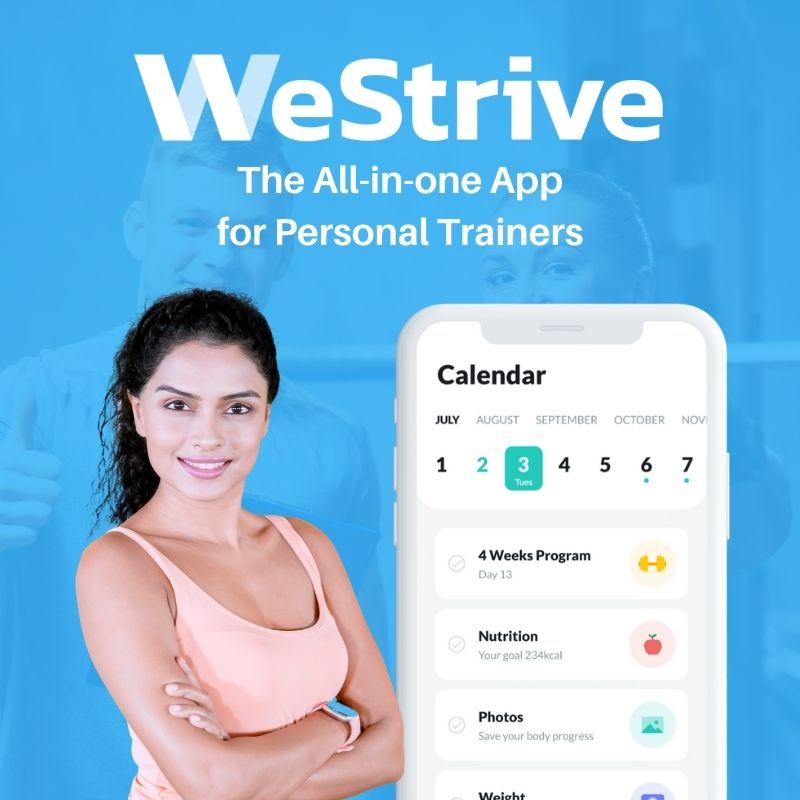|
FREE GUIDE: HOW TO LAUNCH AN ONLINE PERSONAL TRAINING BUSINESS
IN JUST 7 DAYS
✓ The new, better way of launching an online business
✓ The fastest way to create in irresistible offer ✓ A simple system to sell to clients who are interested |
|
The onboarding process for new personal training clients begins the moment they sign on for personal training with you. It's a term that refers to all the stages that you take the client through from the moment they say that they'd like to train with you. How you welcome your new client into your world as a personal trainer can make all the difference in how long they stay clients, how much they'll adhere to their program and ultimately what results they get. The onboarding process is an opportunity to build a trusting relationship, address concerns and anxieties the client may have about working with a fitness professional and making sure the client understands what's expected of them. Why Is Client Onboarding Important For Personal Trainers?According to a survey by Wyzowl conducted in early 2020, over 90% of customers feel that companies could do better during new client onboarding. That's a massive gap between expectations and delivery. Another customer expectations survey was conducted in 2018 by Gladly where 59% of customers said they value personalisation over speed when it comes to customer service. Consistent Service Delivery Having a client-friendly system for getting them settled into your personal training business means that you can scale effectively and make sure that every new client receives the same incredible experience with you. Professional Standards Having a transparent onboarding process makes it clear to your clients that you hold yourself to a professional standard, and that you can deliver the results they desire. Happy clients make referrals and are likely to bring new personal training clients your way. Systemised and Structured By having a clear structure to follow, you're less likely to forget the essential steps. Towards the end of this article, you'll find a checklist for your personal training business to make sure that you have a system that you can repeatedly use that takes minimal mental energy to execute. But first, let's dig into the crucial steps of onboarding your clients. Step 1: Contract and T&CsBefore you take money from your new client, it's essential to go over the terms of your "business relationship" and even sign the personal trainer documents with you. Having clear terms and conditions that they can read and sign up-front will make sure they understand the scope of your relationship and can help to avoid unrealistic expectations about the coaching experience. If you see clients face to face, you can have them sign a physical contract (keep this safe and give them a copy). If you provide online coaching services, make sure that the contract can be signed digitally. HelloSign can help with this, and all signed documents are linked to a root folder in Google Drive. Step 2: PaymentsThe prospective client said they want to train with you. You already talked about prices, signed the contract. They are ready to go. Now you need to give them a super easy payment option. The best solution is often what works for them, so it's wise to have multiple channels set up. Some will only work for in-person clients, while others are preferred in an online transaction. Cash/Cheque Some people, especially older clients, may still prefer to pay you this way. It's probably the least convenient out of all the options, might be more challenging to track, and you also may need to keep reminding clients when the next package/payment is due. But if your client insists, it's better to accommodate. Bank Transfer Bank transfers are now super easy to do with internet banking and banking apps. You will likely still need to have the money talk to remind your client when the next payment due, but it will make your admin easier. Recurring Payments If you charge your client monthly, setting up a recurring payment system is advised so that you don't have to chase your personal training clients for money regularly. Many online services can handle this; PayPal business account, Go Cardless and Stripe are all options to set up recurring payments of the same amount each week or month. They charge a small fee on each transaction, but it means you aren't dedicating any time or effort into reminding clients about payments. Banks can also set up direct debits, but this is something your client has to do themselves. Step 3. Informed Consent and PARQThe Informed Consent document is an essential step towards you being able to support your clients to your best. Signing this document means they agree to you asking them questions regarding their fitness and health, and they give you permission to store all that information securely and in-line with current data protection regulations. The PAR-Q is a written document that the client must sign before starting personal training - either in person or online. It's a Physical Activity Readiness Questionnaire, and your insurance company will require that you have this in place. It assesses if the client is ready to exercise and identifies any reasons why they might need clearance from their doctor to undertake a fitness regime. As above, you can have them sign it physically and keep it safe - or you can collect a digital signature. Step 4. Onboarding QuestionnaireWhile the previous steps are a must for all personal trainers during client onboarding, this questionnaire is something that could distinguish you from your competition. The purpose of an onboarding fitness and lifestyle questionnaire is to collect some information about your client's personal training goals, the current level of fitness, lifestyle and any other habits that may have an impact on their results. Practically, their answers will tell you exactly how you can help them and what they need to work on to progress towards their fitness goals. You could collect this information for free using Google Forms, or Wufoo if you need to redirect them somewhere else after they've completed it (such as a pre-recorded thank you video, or a link to book a call). Typeform is also an excellent solution if you want it to look impressive and need to embed it on your website. Pro Tip: Instead of giving this to your client to fill in on their own, sit down with them, ask the questions and fill in the answers yourself. It's a great way to expand on any topics and establish rapport. Information you may want to collect
Step 5. Email Touch-points & FAQs If you have completed step 4, you have plenty of information about your client, so you can start working on the approach for their fitness journey with you. While you are doing that, they can begin their educational journey if you provide them with some value. Now that you have their email address, they could go into an automated onboarding email sequence. This could be a week of valuable information - or a much longer series. You will, of course, need an email marketing software that can do that for you. MailerLite, Active Campaign, Mail Chimp and Aweber are all user-friendly places to start. Then you will need to write the content of each of the emails and add them to an automated campaign. You can even outsource writing these emails if you don't want to do them yourself - the return on investment with email marketing is more significant than any other platform. Providing the new personal training client with something that they can take away with them will be a powerful way to answer their questions and alleviate any buyers remorse. A FAQ document answering their questions about how to book sessions with you, how to get in touch with you, how you'd like check-ins to be done etc. This document could be physical (where you print it out and hand them something to take home from the gym with them) or digital (delivered via email in that first part of your automated sequence). Step 6. Welcome PackageOnce your client is on board and going through your email automation, most personal trainers will see their clients inside the gym and not have much contact with them other than that. You could post a thank you card, welcoming them into your fitness business. You can handwrite this yourself and post it to their home address - you could even include a "refer a friend" voucher to generate more leads. If you were looking to impress and you allocated enough in your budget for each client, you could also add a "swag box". Step 7. Check-in and Social MediaGetting in touch with your client either by email or text to "hold their hand" while they are settling in is always appreciated. They may be sore if working out for the first time or returning after a hiatus. Finally, you may want to consider adding your clients on social media. It's up to you where you connect with your clients, may that be sending them your Instagram, Twitter and Facebook profiles. That way they can decide if they'd like to connect. Also, if you run a free Facebook group, encouraging them to join your tribe may be a great idea! If your service includes access to an exclusive community, this will be the time to introduce them to your other clients too! The Ultimate Client Onboarding Checklist As discussed above, you could stop after step 3 and start training your client, and you wouldn't do anything wrong. However, suppose you'd like to wow your new clients. In that case, we highly recommend going through the following checklist during your clients' onboarding process, so they start with a fantastic experience with you as their personal trainer. Client Onboarding ChecklistStep 1: Getting Signed Up ✅ T&Cs and Contract signed and saved ✅ Payment is received Step 2: Pre Training ✅ Informed Consent and PAR-Q received & saved ✅ Onboarding questionnaire is received ✅ The client is added to email automation ✅ The welcome pack has been given ✅ Welcome/ thank you card posted Step 3: Post Training & Ongoing ✅ Client check-in via email or text sent ✅ Client programming has been written ✅ Client nutrition guidance has been provided ✅ The client has been added to the free Facebook group |
Our All In One Platform
Check out out all in one business & marketing platform for personal trainers!
WEBSITE BUILDER | FUNNELS |MEMBERSHIPS | SCHEDULING| EMAIL MARKETING| PAYMENTS| CRM | AI ASSISTANT | SURVEYS
Popular Articles
Trusted Partners
We work closely with some of the best service providers in the fitness industry.
Categories
All
|

